Inner painting (simplified Chinese: 内画; traditional Chinese: 內畫; pinyin: nèihuà), also known as inner drawing or inside painted, is a Chinese art form. It involves glass bottles which have pictures and often calligraphy painted on the inside surface of the glass. This unique art form originated during the Qing Dynasty (1644-1912) and has continued to be practiced and admired to this day.
According to painting techniques, Chinese painting can be divided into two styles: xieyi style and gongbi style. Xieyi, or freehand, is marked by exaggerated forms and freehand brushwork. Gongbi, or meticulous, is characterised by close attention to detail and fine brushwork.
The Xieyi style of classic Chinese ink painting is more than a technique that features a reduction in detailed brushstrokes. Essentially it describes a philosophy of Chinese culture to emphasise freedom, spirituality, individuality and expressiveness.
The process of creating Chinese inner paintings is highly meticulous and time-consuming. Skilled artists use a specialized brush to paint scenes on the inside of the bottle through the bottle’s neck, using very fine brushes and delicate techniques. The subjects of these paintings are often inspired by Chinese landscapes, traditional folklore, historical events, or nature, and can include figures, animals, plants, and other elements.
Chinese inner paintings are not limited to snuff bottles; they can also be found on other transparent or semi-transparent objects such as glass vases, ornaments, or paperweights. The art form requires not only artistic skill but also a deep understanding of Chinese culture, as the paintings often incorporate symbolic elements and traditional themes.
Throughout history, Chinese inner painting has been highly regarded for its artistic value and technical mastery. The intricate and delicate nature of these artworks has made them highly sought after by collectors and enthusiasts. Today, Chinese inner painting continues to be practiced by a dedicated group of artists who strive to preserve and promote this unique art form.

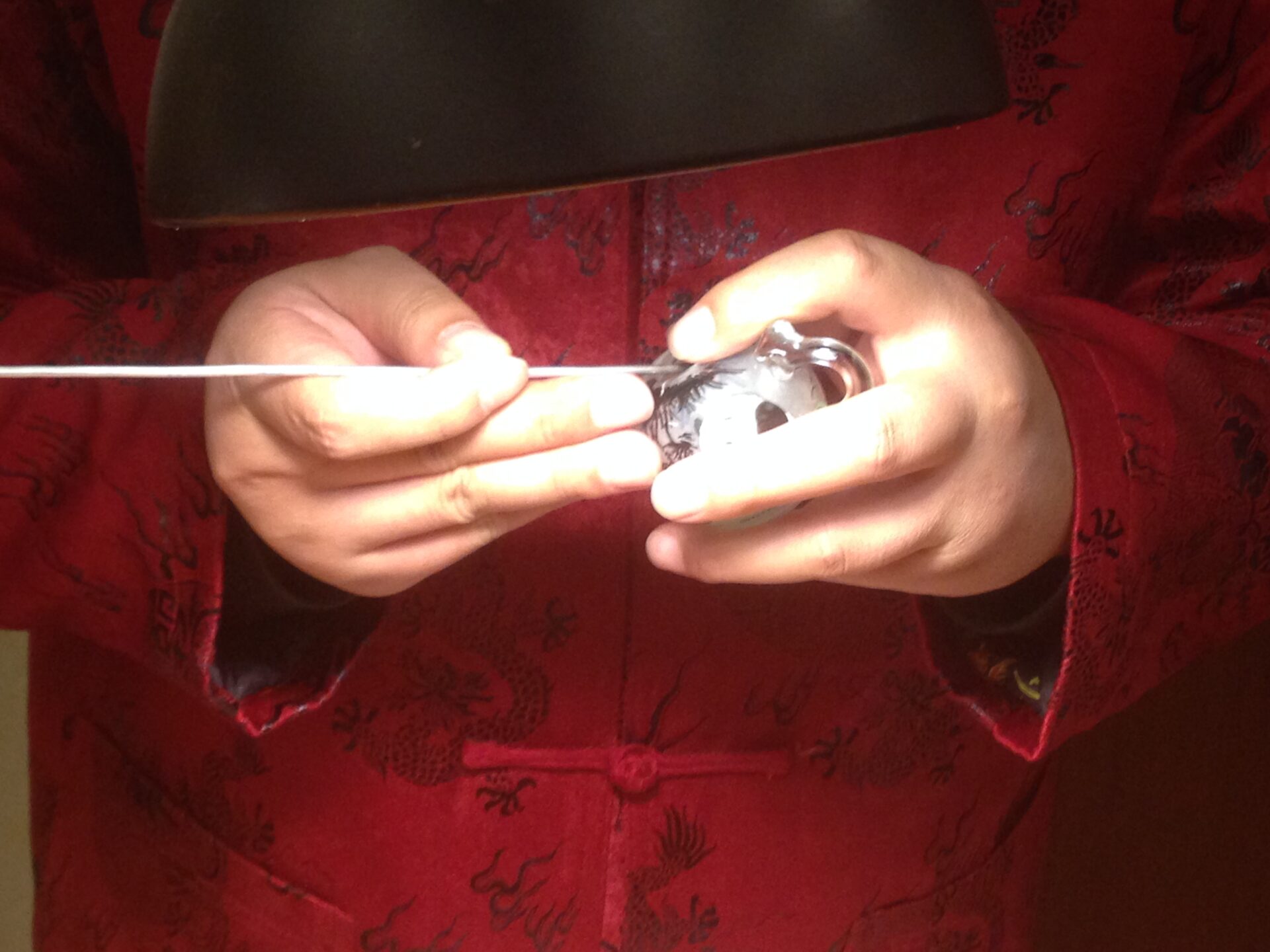
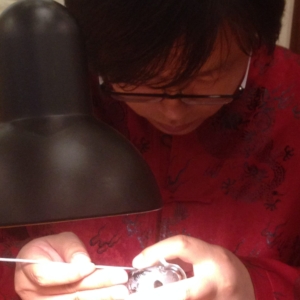
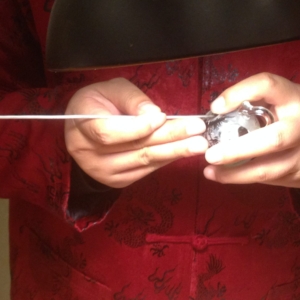
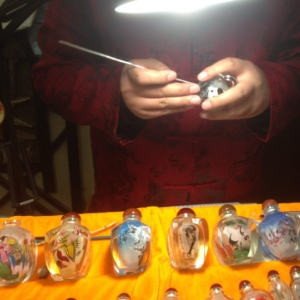
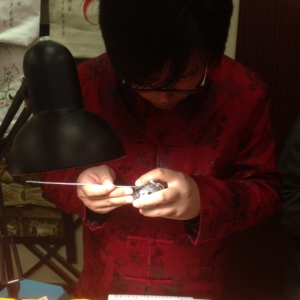
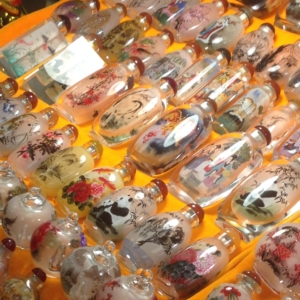


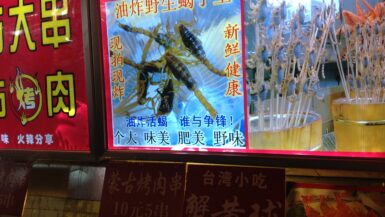
Leave a reply
You must be logged in to post a comment.